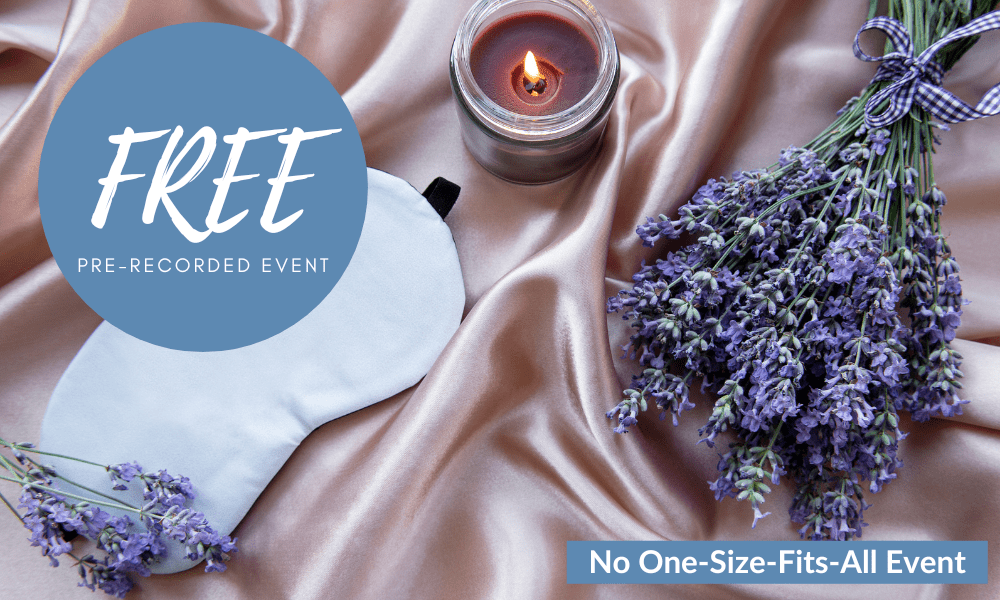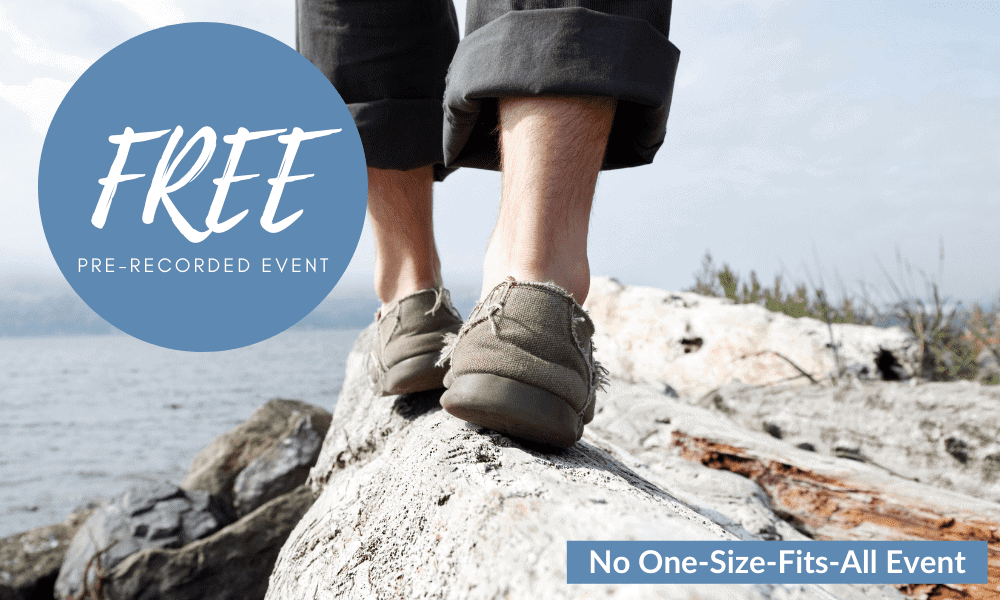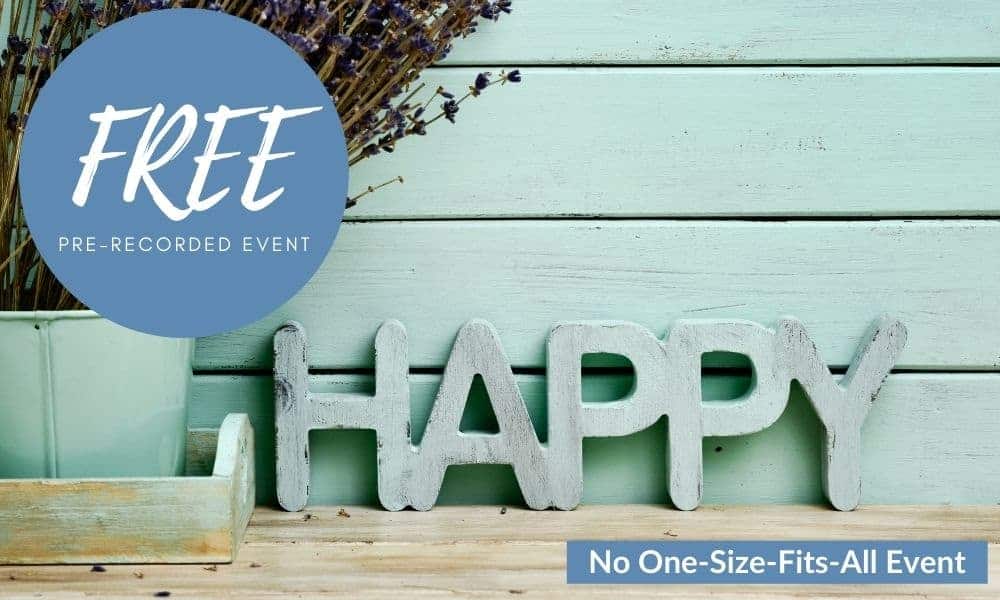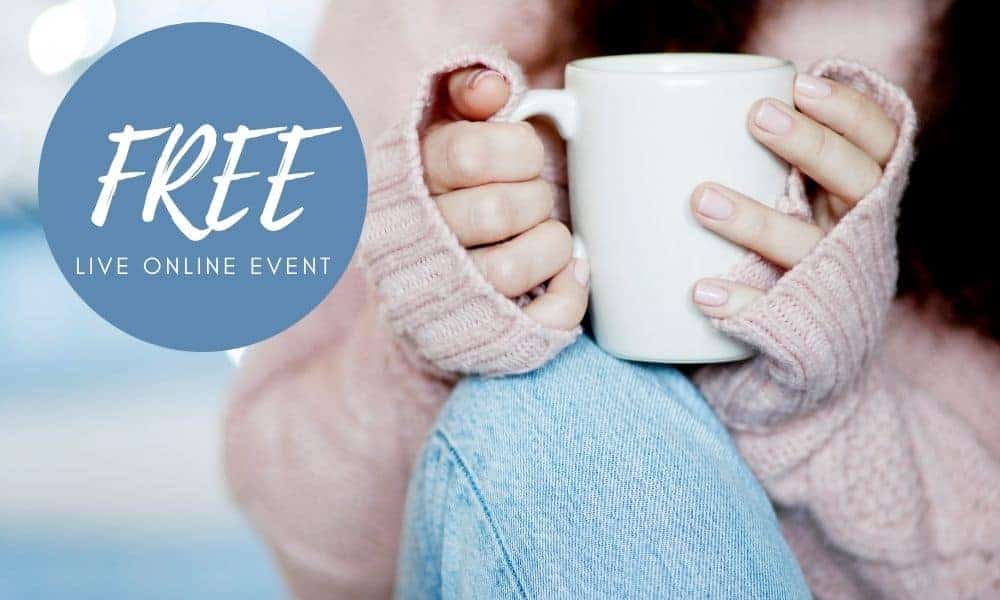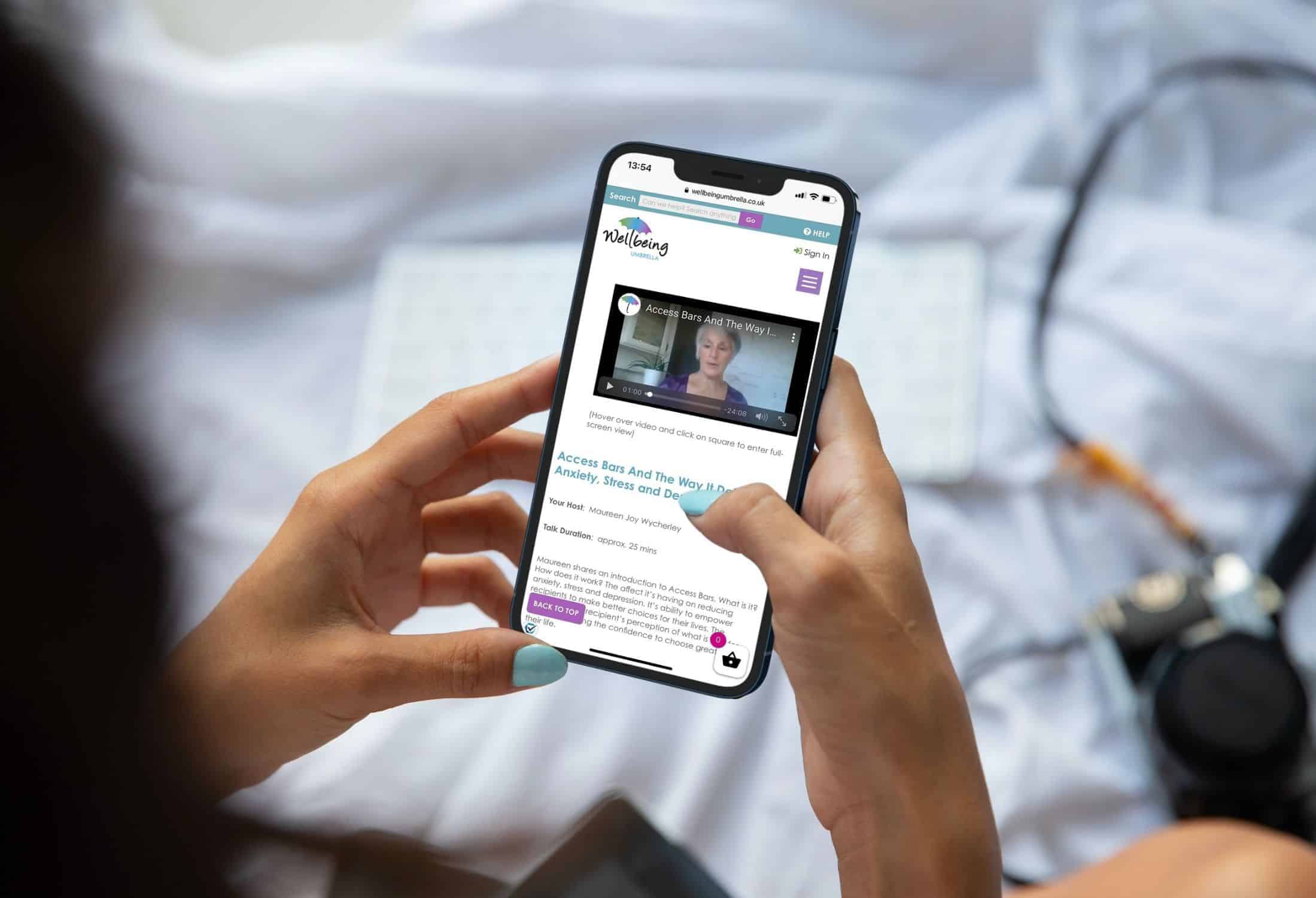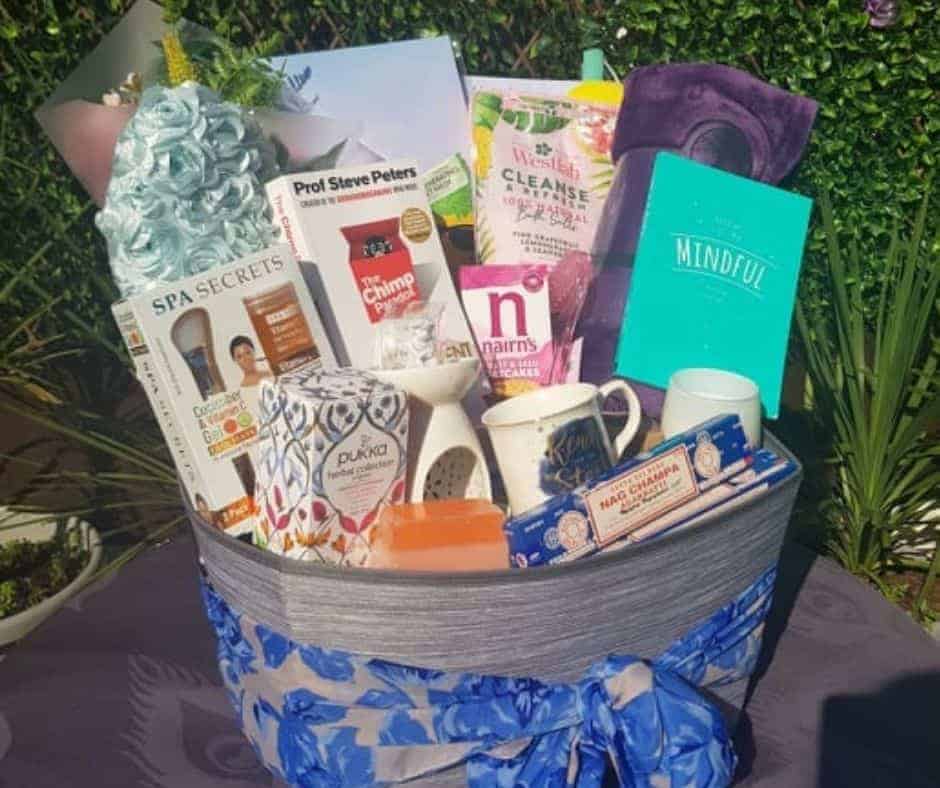Exploring The Wounded Inner Child
19th Aug 21
Why We All Have A Wounded Inner Child
No matter what type of childhood you have had, every single child experiences wounding that they carry into adulthood that has not been healed or addressed.
We all suffer some sort of loss, grief, abandonment, and disappointment. And in many ways some sort of mental, emotional, physical neglect, or abuse in childhood makes a large imprint in our unconscious.
Wounds that we push down so deep we have forgotten or don’t even realise they are there.
When we are children we take on certain survival responses to help cope with life’s disappointments, rejections, and unhealthy conditioning. Some of these responses become habits and traits that expand into personality and archetypal traits.
So what do I mean by archetypal traits?
Well, archetypal traits are in many ways personas in the collective conscious and unconscious. They are qualities that are commonly associated with certain personas recognised through history.
For example, we are all familiar with the hero archetype, the ruler or leader archetype, the mother or caregiver archetype, the medicine man or medicine woman archetype, or the child archetype…
These are all well-recognized archetypes visible throughout history, in books, stories our media. Each of them has some very unique qualities and traits, and other qualities and traits that are inter-connected with other archetypes and personas.
Carl Jung known as the father of archetypes is famous for many of the foundational works on archetypes.
I have always found archetypal work since I started studying it in the 90’s but like many things in the therapy, healing, and spiritual world today some of it has evolved some of it has got a bit lost in translation and commercialism.
But at it’s core is still a fundamental part of a lot of inner child work.
The 4 Main Carl Jung Archetypes
But if we look at 4 main archetypes that Carl Jung the father of archetypes, focused on
The Self, the Persona, the Shadow, and the Anima/Animus we see the basis for archetypal work.
The other main 12 archetypes Carl Jung worked with are
Ruler, Hero, Creator/Artist, Sage, Innocent, Explorer, Rebel, Wizard (Magician), Jester, Everyman (Everygirl), Lover, Caregiver (HelperNurturer)
If we look at the 4 Main Survival Archetypes
BUT THE FOUR SURVIVAL ARCHETYPES
Are the Child, the Prostitute, the Saboteur, and the Victim
And here lies at the basis of a lot of our wounding, our shadow traits.
THE 6 INNER CHILD ARCHETYPES
If we look much deeper at the inner child archetypes they include
the Orphan Child, the Wounded Child, the Dependent Child, the Divine Child, the Eternal Child, Magical Child (Innocent Child), and Nature Child.
So what do child archetypal traits actually mean?
Well, we all have as part of the conscious and unconscious collective different qualities and traits. I personally believe our archetypal traits are both natures and nurtured.
For example, I come from a family of 9, I am the eldest and every single one of us as individuals are very unique. We all have a mixture of archetypal traits, some stronger or nurtured than others, some we deny, some we just haven’t cultivated as much.
As children, we all find our own ways to survive, when we are in states of anxiety and stress, we find strategies to cope. At that instinctual level, we do what we can just to get through certain situations.
Common Wounded Child Archetypal Traits
One child may feel or believe they need to become the people pleaser, another child may become the clown or comic, another child may find the only way they get attention or get what they feel they need is by becoming the rebel or the ruler, leader…
Now, these children may come into the world with these stronger gifts or they may not, they may be completely reacting from the survival state. And this is often very clearly visible in the child who has been severely abused or neglected.
In abused children, they often take on strong shadow elements of archetypes that are not serving them. A good example is seen in the rebel archetype that spends most of their life rebelling against every sort of rule, regulation, or law even when it may be supporting them. The typical rebel without a cause or without a clue.
Another example is the prostitute archetype where the individual basically sells their soul, their body, their integrity for material or financial success, adornment, celebrity status…
In the victim archetype, the wounded inner child is still playing the victim from childhood, they are trapped in the freeze response or unconscious and distorted beliefs that were formed in a child’s mind from a child’s perspective.
We all have experiences from the wounded inner child, that have got trapped in our unconscious, that are keeping us stuck.
Another common archetype is the orphan child, the abandoned child who felt in some way abandoned as a baby or child. For some people, they are physically abandoned by a parent or both parents at birth. For others, they see themself as the black sheep of the family, they feel different, often misunderstood, unloved, not valued, not respected, neglected…
My Wounded Inner Child Archetypal Traits
As a highly empathic and sensitive child, I was very intuitive to others’ needs but in many ways, from a young age I was a mini-mum, a helper, so one of my most predominant archetypes throughout my life has been the carer sometimes known as the nurturer, alongside the rescuer, the wounded child, wounded healer, and the victim.
Many of my clients are very strong caregivers and have gone into caregiving roles early in their life. Many like myself are also strong alchemists and magicians but the shadow elements of the wounded child or the wounded healer keep them small, keeps them in fear or limitation, high anxiety or stress.
Like many empaths I struggled most of my life to set boundaries, they felt so alien. Even though I was highly intuitive and started studying healing and spirituality very young. Like many highly empathic nurturers, I struggled with self-care and putting my needs first.
Despite many years as a healer, who studied many aspects of psychology, psychotherapy, counselling and did years of inner work it took a life-threatening experience in ICU for me to not just really start facing and healing those inner child wounds. But actually helped me see my inner child and main archetypes on a whole different level.
Only with this experience did I really start putting my own needs first, start really and truly own my divinity, my sovereignty by facing my shadow archetypes which included the inner child, the victim, the wounded healer, caregiver, rescuer…..
Every single one of us experiences the wounded inner child, particularly the unconscious patterns that trigger us to feel or react like a child, to act irrationally, to freeze like a victim, to hide away, or want something that someone else has.




